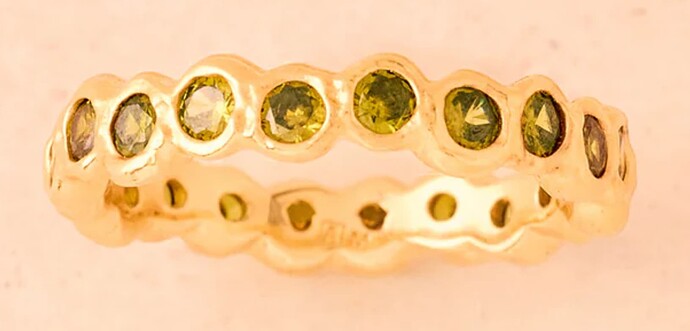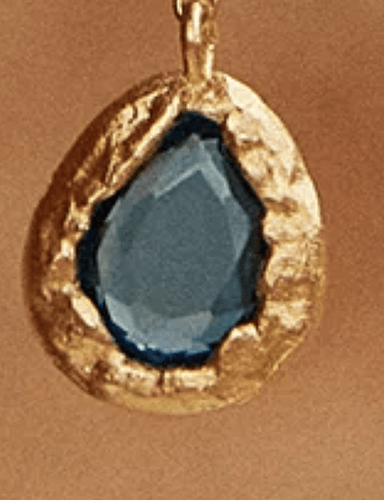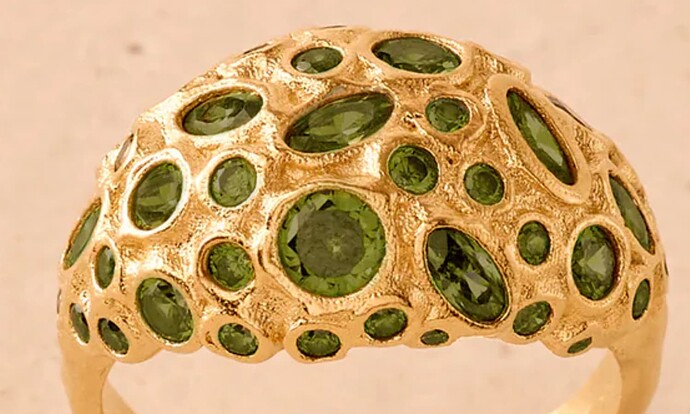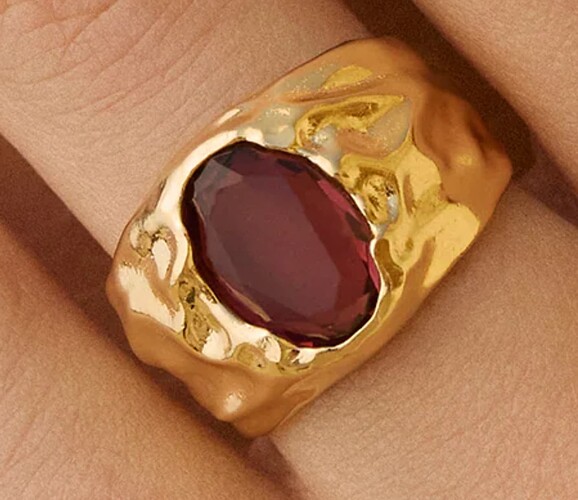Hi all,
Venturing into setting faceted stones and have successfully flush set a handful of CZ for practice, enjoying it so far!
I was perusing the internet for inspiration of setting styles that caught my eye, and came across a few photos I liked but not sure what type of settings they use. Any ideas so I can further research what techniques I should focus on?
Thanks in advance!
Hi,
my guess(s)
…these examples look “cast in place”…?…ie: a wax model is created, and a stone (that can survive the temperatures of casting are used) is embedded/ “set” in the wax, and wax added to “capture” the stone…then the was model with stones are cast…?…
i lean toward this opinion also because of how the set stones “look”…in the sense that the “bezels” are not flush to the stones…there are visible “gaps”…although it does technically only take a few points of contact to capture a stone…consider that a “bezel” is actually one continuous “prong”…
if that is not the process used, then i would say:
the setting technique in the first multi stone organic band pic could be called a (heavy?) “bezel” setting, as there is a unique bezel around each stone…with the resulting bezel polished down to create the irregular effect
the setting in the second photo of the multi stone wide band could be called “gypsy” setting, as the stones are “sort of” set flush/ flat to the surface (before the decorative surface) is imparted.
the setting in the third photo…also gypsy…?…or set from the back…?
there are a few different things “going on”…one is the capture of the stone, the other is the decorative “texture” imparted on the resulting surface around the stone…
julie
1 Like
I agree the rings are most likely organic designs done in wax but they are probably not set in place due to the limited stones that can take this method. They would have been set most likely as a bezel using a hammer handpiece. As organic designs can be very uneven - it is difficult to get the bezel on the stone the whole way around without really mashing the metal - so would be as the previous person noted - set against the stone in a few places.
2 Likes
Could the red stone ve set from behind? What would be the problems with this method?



